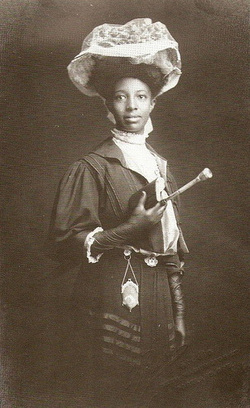
I started it a few Christmases ago, when I received one coffee mug too many, filled with Hershey's Kisses. The idea is that if parents or students feel the need to give me something, they have a list of things that we could really use in my classroom - everything from books to batteries to plastic spoons. I also include the link to this wish list in the letter my colleagues and I send to parents at the beginning of the year, when we send out a request of classroom supplies.
One of the items on this year's list was a reprinted edition of the 1897 Sears Roebuck Catalog.
I've done a lesson on this catalog for several years, but I've always wanted enough copies for my students to be able to play around with it. So, I made a note on my wish list, that it would be nice if, over the next several years, I could gradually build up a classroom set of these catalogs.
On the second week of school, I found a giant cardboard carton outside my classroom door. When I opened it, I found that the parents of one of my students had actually bought us fifteen copies of the catalog.
Which left me in the position of having to figure out what to do with them. (Did I mention that the mother is on the School Board?)
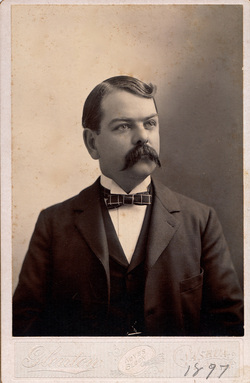
1897 Christmas Shopping Project
1) Each student chooses a photograph of an American taken in (or around) 1897 and reads a small secondary source statement about him or her.
2) The student transcribes information from that person's 1900 Federal Census form.
3) The student chooses three Christmas presents from the 1897 Sears Roebuck Catalog - one for $1.00, one for $3.00 and one for $5.00.
4) The student takes a picture of each of his or her choices, then calls my voicemail and records a message, describing one of his or her items.
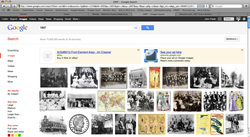
After trying several different approaches, I discovered that the easiest way to find photographs of Americans in 1897, was to type "1897" in Google Images and Flicker. As it turns out, there are a lot of people out there who like to share their antique photographs.
Almost every antique photo I found included some background information - "This is my Great Uncle Cyrus, who lived in Possum Flats, Arizona, who later went on to invent the electric pogo-stick..."
It is this secondary source information that allowed me to find census data for some of these people. I included a copy of this information to students in their document packets.
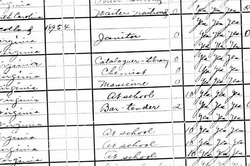
As it turns out, finding photos of people in 1897 isn't as hard as finding information about them. I was able to find a 1900 Census form for about one picture in three using Ancestry.com. I downloaded the highest quality image of each that I could.
I had students transcribe the original forms onto a blank census form, provided by Ancestry. The idea behind this was to get students used to dealing with primary source information - reading the handwriting, thinking historically, etc... Having them copy the information also made it more likely that they would actually read it.
I discovered that the best way for them to read the original census forms was on a computer screen, so they could magnify sections as necessary. (As students chose their people, I downloaded all relevant documents onto their individual USB drives, for use at school or home.) We did the transcriptions in the Computer Lab.
One interesting lesson for the students was that bigger magnification doesn't necessarily mean more legibility. Students invariably magnified difficult-to-read sections as much as possible, which tended to pixilate the writing and actually make it harder to read. I had to remind them several times to back off on their magnification to read entries better. They were deeply suspicious at first - this seems counter-intuitive - but eventually MOST of them decided I might know what I was talking about.
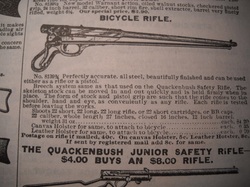
This step was probably the most fun for my students. By the time they had read primary and secondary source material about their particular person, they knew enough about them to do some thoughtful shopping.
In most cases.
(Fourteen year-old boys, though, given a choice, will buy anybody a gun, under any pretext whatsoever.)
I had them fill out this worksheet, which kept them organized and gave them a script for when they needed to make their recording.
Step 4 - Photographing and Recording
On the advice of a much-smarter and experienced colleague, I bought several goose-neck lamps to provide enough light for students to take pictures of their entries. (The students complained about a burning-insulation smell. I later discovered that there was a plastic warning-label inside each lamp that needed to be removed.)
I tried to come up with a graceful and elegant way for students to submit their photographs electronically, but in the end, the easiest solution was to have students bring the camera to me as they finished taking their pictures and I downloaded the images directly from the memory card in the camera. I borrowed digital cameras from two other classrooms and set up three stations. This worked pretty well.
At this point, my students had turned in two other projects via messages on my GoogleVoice account, so they had the mechanics of that down pretty well.
The End Product:
New Hampshire State Social Studies Framework Standards Met by This Project:
- Evaluating and critiquing varied sources of information and the use of appropriate primary and secondary sources and technology to acquire information
- Expressing clearly and concisely personal opinion supported by evidence
- Students will be able to use economic and geographic data, historical sources, as well as other appropriate sources
- Draw on the diversity of social studies-related sources, such as auditory and visual sources, such as documents, charts, pictures, architectural works, and music.
- Distinguish between primary and secondary sources.
- Use appropriate sources to gain meaning of essential terms and vocabulary, glossary, dictionary, texts, word lists
- Recognize and understand relevant social studies terms.
- Draw inferences from factual material
- Form opinion based on critical examination of relevant information
- Take into account when interpreting events or behaviors context of their time and place
- Present visually (chart, graph, diagram, model, Power Point, etc.)
- Present orally (presentation, debate, group discussion, simulation, etc.)
- Present in writing (research essays, abstracts, short answers, etc.)
- Justify interpretation by citing evidence
Content Standards:
- SS:CV:8:3.2: Analyze environmental, economic, and technological developments and their impact on society.
- SS:EC:8:2.1: Identify and explain the determinants of supply and demand, e.g., income, tastes, or technology.
- SS:HI:8:5.1: Analyze how societal changes have influenced the family, e.g., child labor or elderly care.
- SS:WH:8:3.1: Demonstrate an understanding of how art, music and literature often influence or reflect major ideas, values and conflicts of a particular time.
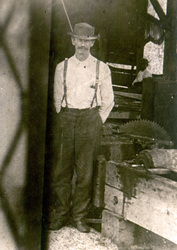
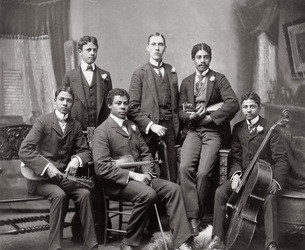
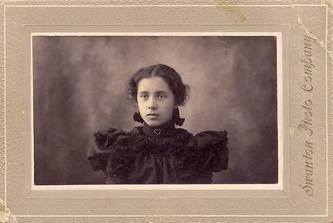
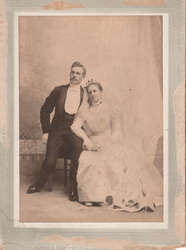
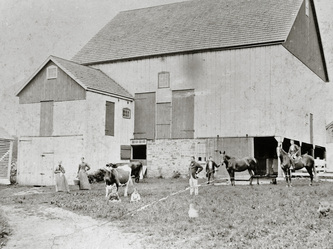
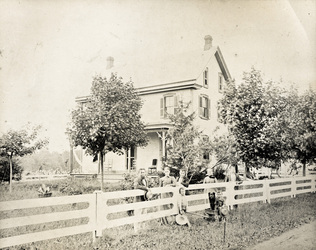
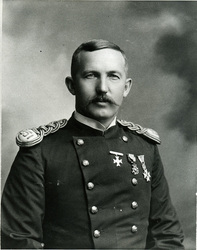
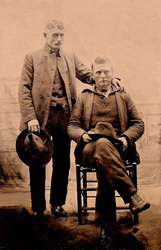
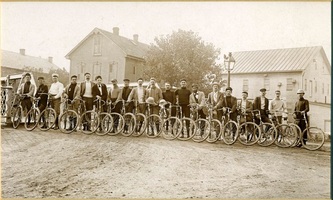
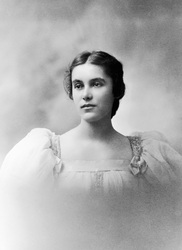
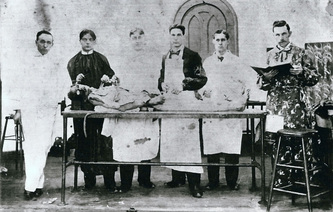
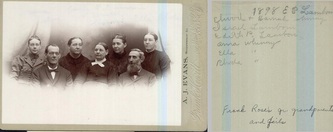
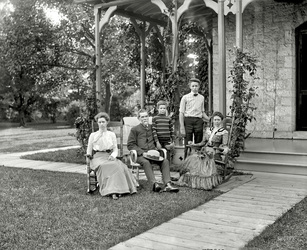
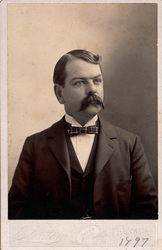
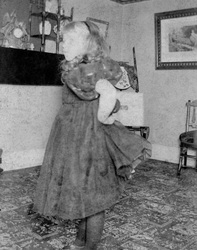
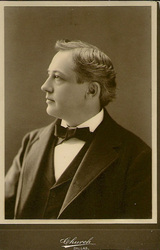
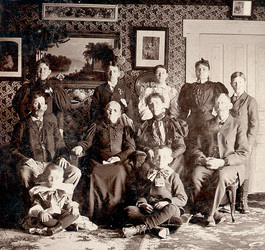
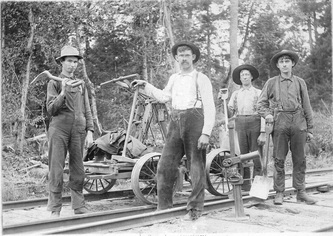
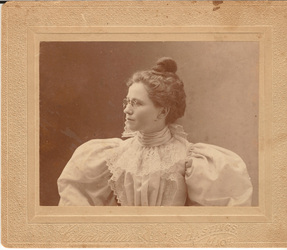
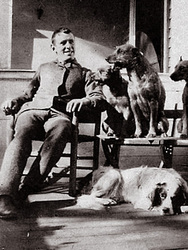
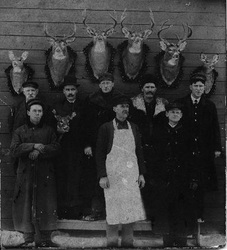
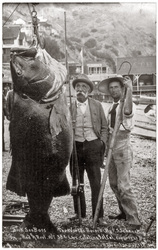
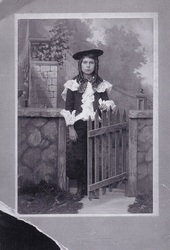
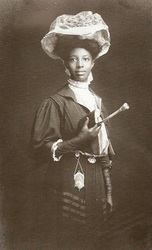
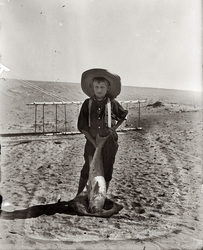
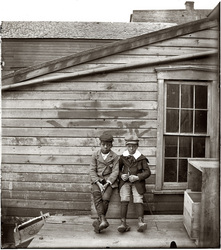
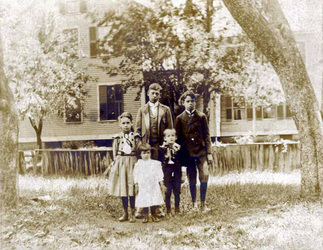
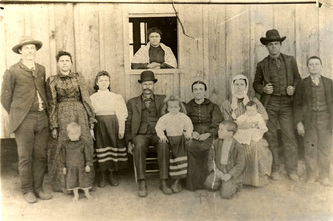
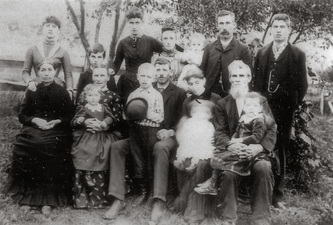
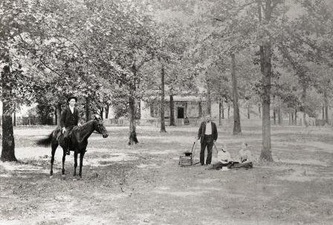
 RSS Feed
RSS Feed